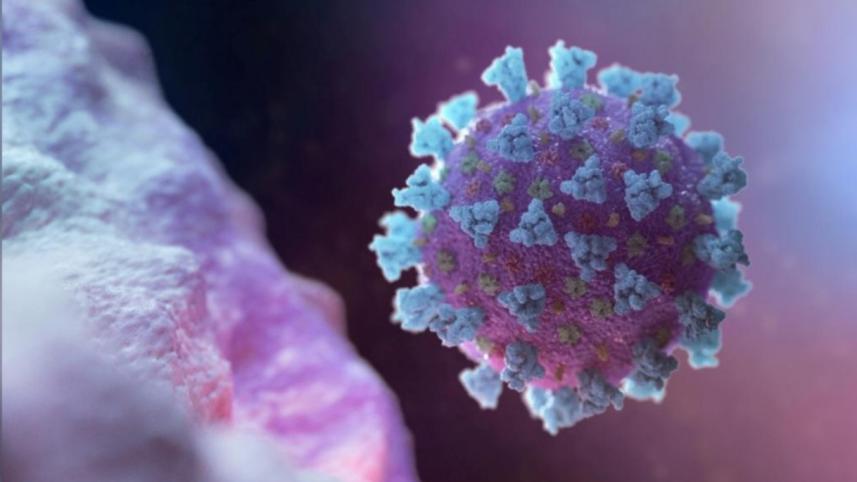Asymptomatic carriers pose severe risks

Coronavirus infections in Bangladesh crossed the 5,000 mark recently. To make matters worse, the silent spread of the virus is beginning to take a toll as more and more asymptomatic cases are being detected. According to official data, of the 5,416 coronavirus cases detected till very recently, 1,250 individuals did not show any symptoms—a frightening fact that gives Covid-19 an upper hand in our battle against it. As a result, experts have warned of the possibility of a large number of concealed cases silently transmitting the deadly virus across the nation.
Recently, four members of a family in Tangail and two relatives of a virus-infected doctor in Brahmanbaria tested positive for the virus, but none of them had any symptoms; six of the seven people who tested positive for the virus in Pirojpur had no symptoms as well. Twenty-five staffers of a private hospital in the capital tested positive for the virus and did not show any signs. Additionally, 28 devotees at the Iskcon temple in Swamibagh who were infected were asymptomatic; eight IEDCR staffers tested positive without displaying any signs of infection. This shows that the severity of silent transmission is indeed on the rise. According to experts, we have now reached the fourth stage— highest level—of virus transmission, where community transmission is rampant. And if it spreads amongst the low socio-economic groups such as slum dwellers, the consequences can be devastating.
Tests are mostly conducted on those who are symptomatic, which does not give us the real picture. Time and again, we have emphasised on how crucial mass testing is so that those who are tested positive (including the asymptomatic) are isolated and treated while others are protected. Currently, the country has a capacity of testing around 3,500 samples a day. Although the number of testing facilities have been increased, the lack of coordination and manpower still remains a grave problem. As samples are not being collected properly, more doctors, nurses and technicians need to be recruited and trained immediately. The consequences of underestimating the scale of the outbreak has already proven fatal, not just here but across the globe. Therefore, the more tests are done, the better equipped (in terms of knowledge) we are to combat the virus.



 For all latest news, follow The Daily Star's Google News channel.
For all latest news, follow The Daily Star's Google News channel.
Comments